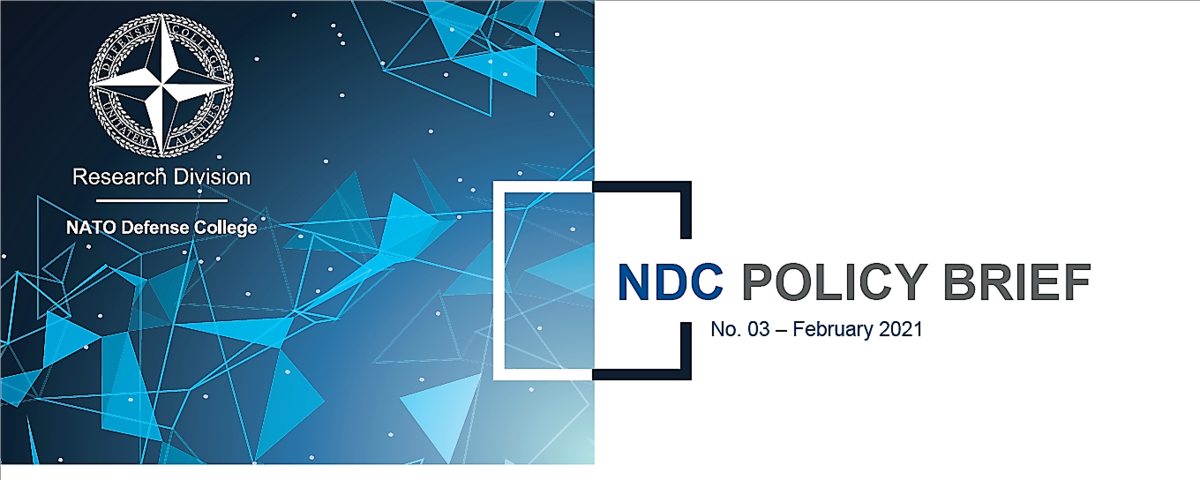Existing models of insinuation — such as Bach and Harnish’s theory of covert collateral acts, Lepore and Stone’s account of prompted inferences, and the more or less Gricean approaches of Camp, Fraser, Oswald, and others — assume that insinuations form a homogenous class and operate through similar mechanisms and intentions. I challenge this assumption and argue that insinuations vary along two dimensions: the mechanisms by which they are produced and the number of propositions they convey. Some insinuations are layered rather than singular: they communicate multiple, related contents via different mechanisms, making the competing accounts in the literature complementary rather than rival.
My proposal centres on four concepts: layered insinuations, partially overt pretence, sneaky presuppositions, and afforded inferences. I claim that many insinuations involve a pretended performance of a speech act that makes further content available — not explicitly asserted, yet afforded by the conversational context. To illustrate, I discuss four utterances and a dialogue, each operating through two layers: a first layer structured by partially overt pretence or sneaky presuppositions, and a deeper layer accessed through afforded inference. This perspective clarifies how speakers convey risky contents while preserving plausible deniability.
Der Vortrag findet im Rahmen des Institutskolloquiums im Hörsaal 2 in der Rubenowstraße 1 statt. Alle Interessierten sind herzlich eingeladen!








